Introduction
When it comes to smoking ribs, getting the right temperature and timing is crucial for achieving tender, flavorful results. Whether you're a beginner or experienced pitmaster, this comprehensive guide covers everything you need to know about smoking ribs time temp, including precise temperature ranges, cooking durations, and essential techniques to master this barbecue classic. We'll also cover spice storage best practices to ensure your rubs remain fresh and potent.
Spice Storage Hacks That Keep Your Flavors Fresh
Spices are the backbone of any great barbecue recipe, but if you don't store them correctly, they can lose their potency faster than you can say 'BBQ.' Here are essential tips to keep your spices at peak freshness:
- Use airtight containers. Exposure to air, moisture, and light degrades spices. Glass jars with tight-fitting lids are ideal.
- Store in cool, dark places. Keep spices away from heat sources like ovens or stoves. A pantry or cabinet away from direct sunlight is best.
- Label everything. Spices can look similar when ground. Label each container with name and purchase date to ensure freshness.
- Avoid freezing unless necessary. Freezing can alter flavor profiles of some spices. Only freeze large quantities of dried herbs or whole spices.
- Use a dedicated spice rack. Organized storage keeps ingredients accessible and makes cooking more efficient.
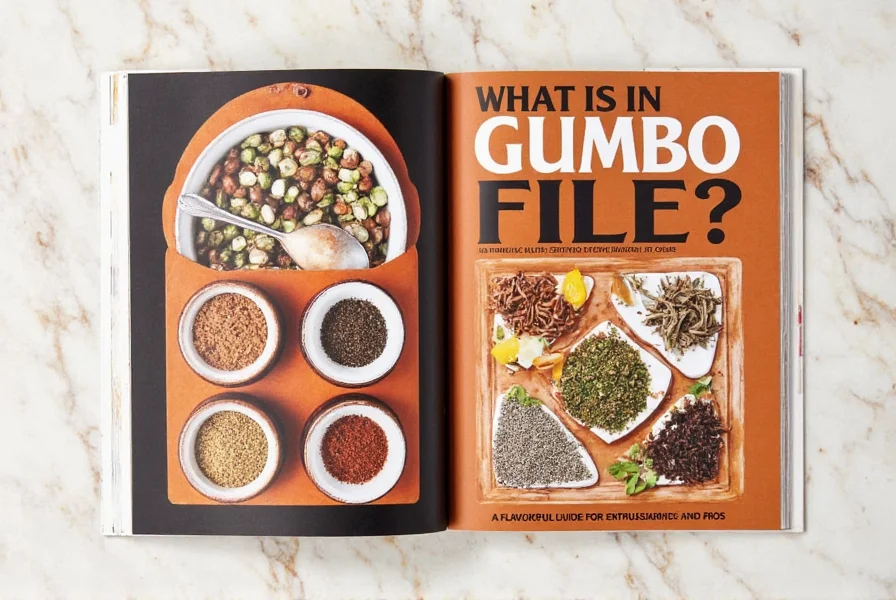
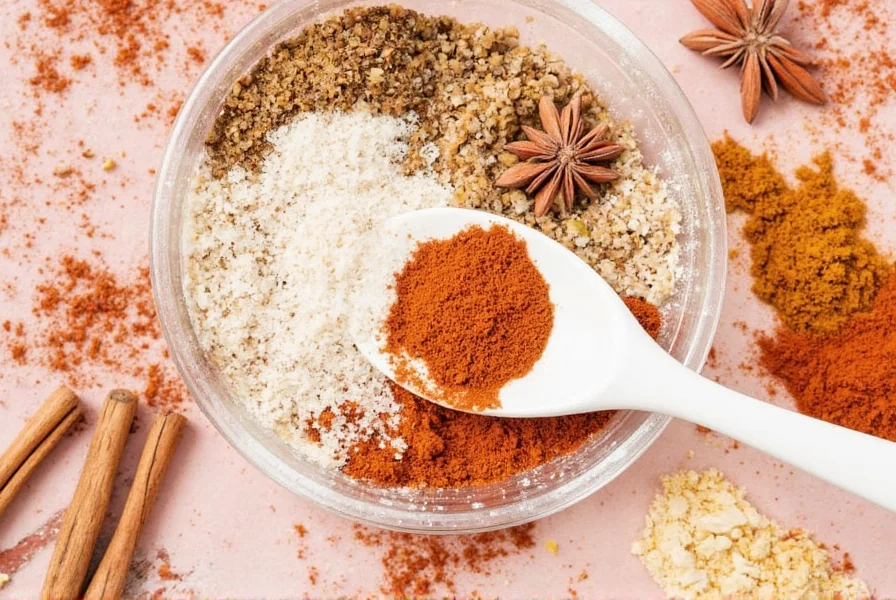
Smoking Ribs Time Temp: The Science Behind Perfect Ribs
The smoking ribs time temp is critical for achieving tender, flavorful ribs. There's no one-size-fits-all approach, as different rib types require specific temperature and time parameters. Here's a detailed guide based on professional pitmaster recommendations:
| Rib Type | Recommended Temperature | Estimated Cooking Time |
|---|---|---|
| Spare Ribs | 225°F (107°C) | 4–6 hours |
| Country-Style Ribs | 225°F (107°C) | 3–4 hours |
| St. Louis Ribs | 225°F (107°C) | 4–5 hours |
| Short Ribs | 200–225°F (93–107°C) | 5–7 hours |
These are starting points only. The key to perfect ribs is using a meat thermometer to check internal temperature. Ribs are typically done when they reach 190–205°F (88–96°C), depending on how fall-off-the-bone you want them to be.
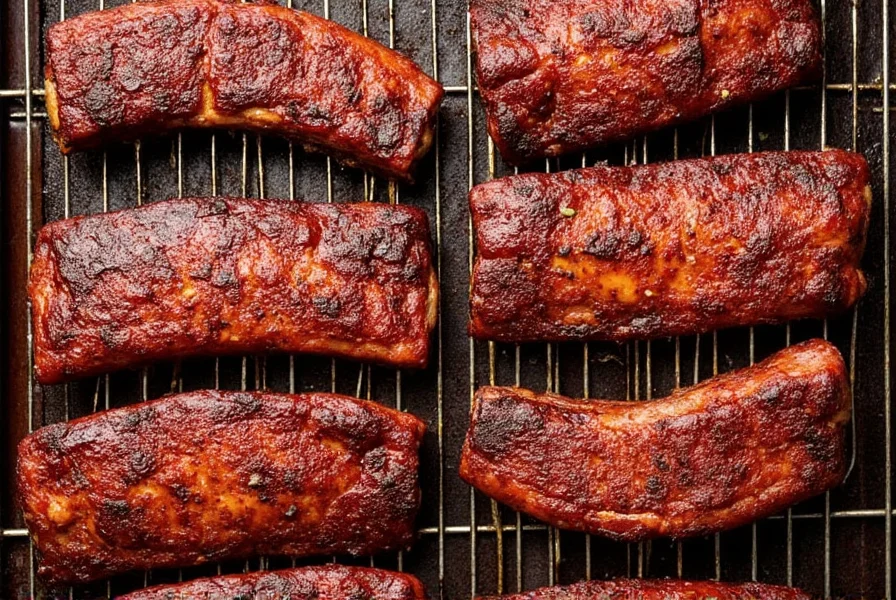
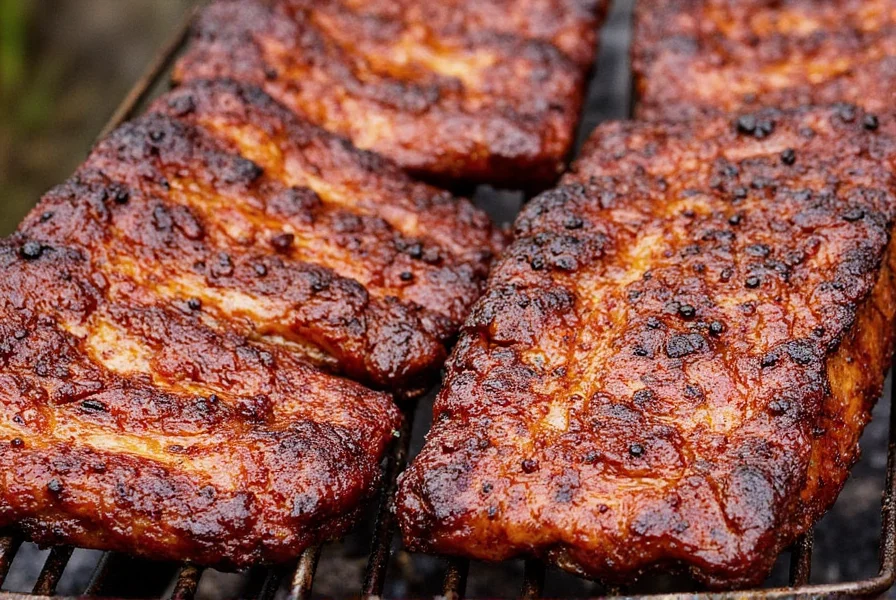
Practical Tips for Smoking Ribs
Here are additional expert tips to help you master smoking ribs time temp:
- Proper preparation. Trim excess fat, remove the membrane from the back, and apply your favorite rub before smoking.
- Wood chip selection. Apple, hickory, and cherry wood are popular choices. Soak them in water for 30 minutes before adding to the smoker.
- Basting technique. Use a sauce or mop to keep ribs moist during cooking. Apply sparingly to avoid washing off the rub.
- Resting period. Let ribs rest for 10–15 minutes after smoking to allow juices to redistribute throughout the meat.
- Spice blend experimentation. Mix and match spices for unique flavors. Cumin, paprika, garlic powder, and cayenne are common staples in many BBQ rubs.
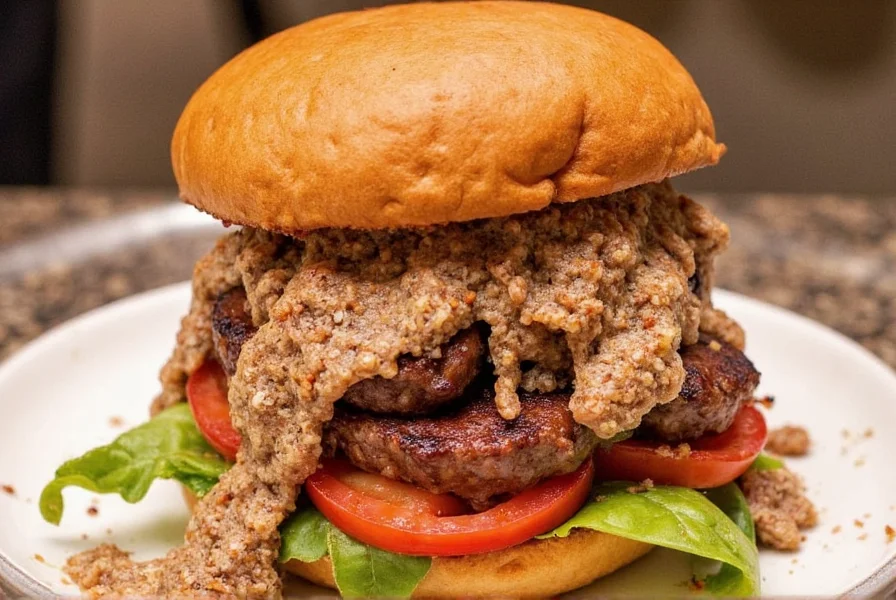
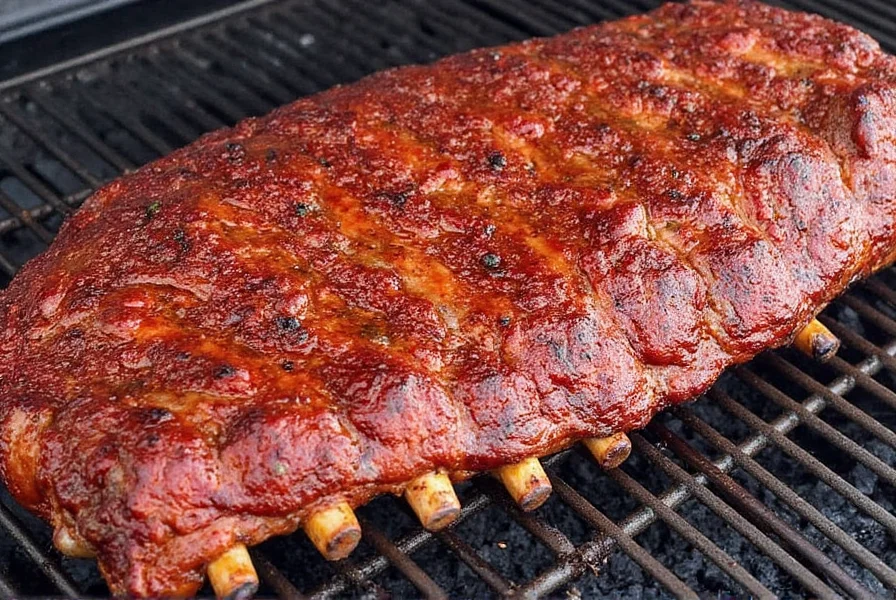
Essential BBQ Tools and Spices Buying Guide
Investing in quality tools and spices makes all the difference in your smoking process. Here are top recommendations:
1. Digital Meat Thermometer
Features: Accurate temperature readings, waterproof design, easy-to-read display.
Advantages: Ensures perfect doneness without guesswork.
Best For: Serious grillers who want consistent results.
When to Use: Weekend barbecues, backyard parties, competitive BBQ events.
2. High-Quality Smoker
Features: Even heat distribution, adjustable vents, durable construction.
Advantages: Provides consistent smoking results and simplifies the process.
Best For: BBQ enthusiasts upgrading their equipment.
When to Use: Family gatherings, summer festivals, personal cooking projects.
3. Premium BBQ Rub
Features: Handcrafted, balanced spice blend, includes salt, pepper, and signature seasonings.
Advantages: Adds depth and complexity to smoked meats.
Best For: Home cooks and BBQ lovers seeking convenience and flavor.
When to Use: Weeknight dinners, holiday feasts, spontaneous backyard grilling sessions.



Frequently Asked Questions About Smoking Ribs
How long does it take to smoke ribs at 225°F?
At 225°F, most ribs take 4-6 hours to smoke. Spare ribs typically need 4-6 hours, St. Louis cut ribs need 4-5 hours, and country-style ribs need 3-4 hours. The best way to determine doneness is by internal temperature (190-205°F) and texture rather than just time.
What is the ideal temperature for smoking ribs?
The ideal smoking temperature for most ribs is 225°F (107°C). Some pitmasters prefer to go as low as 200°F for short ribs that require longer cooking times. Maintaining a consistent temperature is crucial for even cooking and proper smoke absorption.
How do I know when ribs are done smoking?
Ribs are typically done when they reach an internal temperature of 190-205°F. Other indicators include: the meat pulling back from the bones (exposing about 1/4 to 1/2 inch of the bone), the ribs bending easily when lifted with tongs, and the texture being tender but not falling completely off the bone.
Should I wrap ribs in foil when smoking?
Yes, many BBQ enthusiasts use the "Texas Crutch" method by wrapping ribs in foil or butcher paper during the smoking process, typically when the internal temperature reaches 150-160°F. This helps push through the stall (when evaporation cools the meat and slows cooking), keeps the ribs moist, and speeds up the cooking process. Add a small amount of liquid like apple juice or butter when wrapping.
Can I smoke ribs at higher temperatures to save time?
While you can smoke ribs at higher temperatures (up to 275°F), doing so risks drying out the meat and not allowing enough time for connective tissues to properly break down. Lower and slower is generally better for ribs, as it allows collagen to convert to gelatin, resulting in that perfect fall-off-the-bone texture. If you're short on time, 250°F is a reasonable compromise that still yields good results.
How long should ribs rest after smoking?
Ribs should rest for 10-15 minutes after being removed from the smoker. This allows the juices to redistribute throughout the meat. For even better results, some pitmasters wrap the ribs in foil and towels and place them in a cooler for 30-60 minutes (sometimes called the "Cambro method"), which continues the cooking process gently and enhances tenderness.
Conclusion
Mastering smoking ribs time temp is essential for any BBQ enthusiast. By following these precise temperature guidelines, proper spice storage techniques, and expert tips, you'll consistently achieve tender, flavorful ribs that impress every time. Remember that patience and attention to detail are key to perfect barbecue—so grab your smoker, your favorite rub, and start perfecting your technique today!

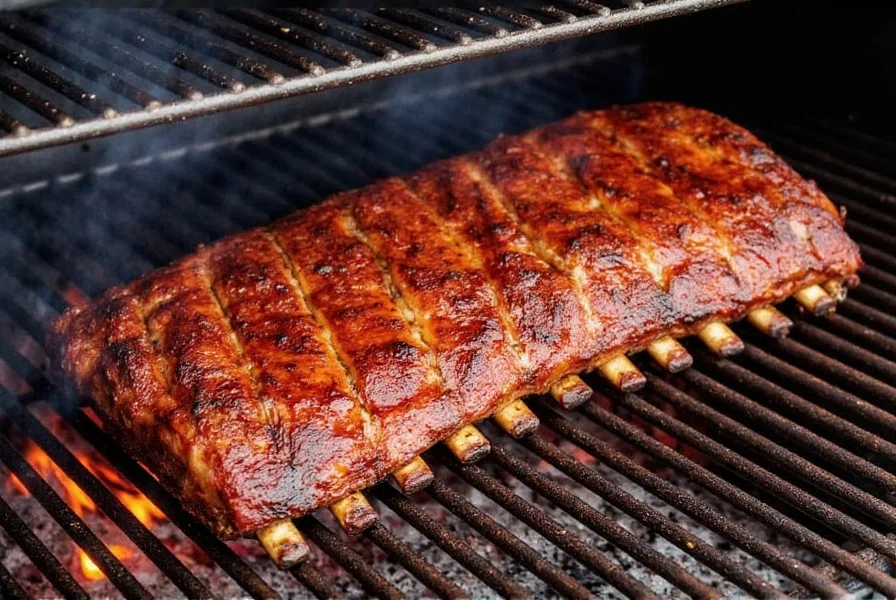









 浙公网安备
33010002000092号
浙公网安备
33010002000092号 浙B2-20120091-4
浙B2-20120091-4